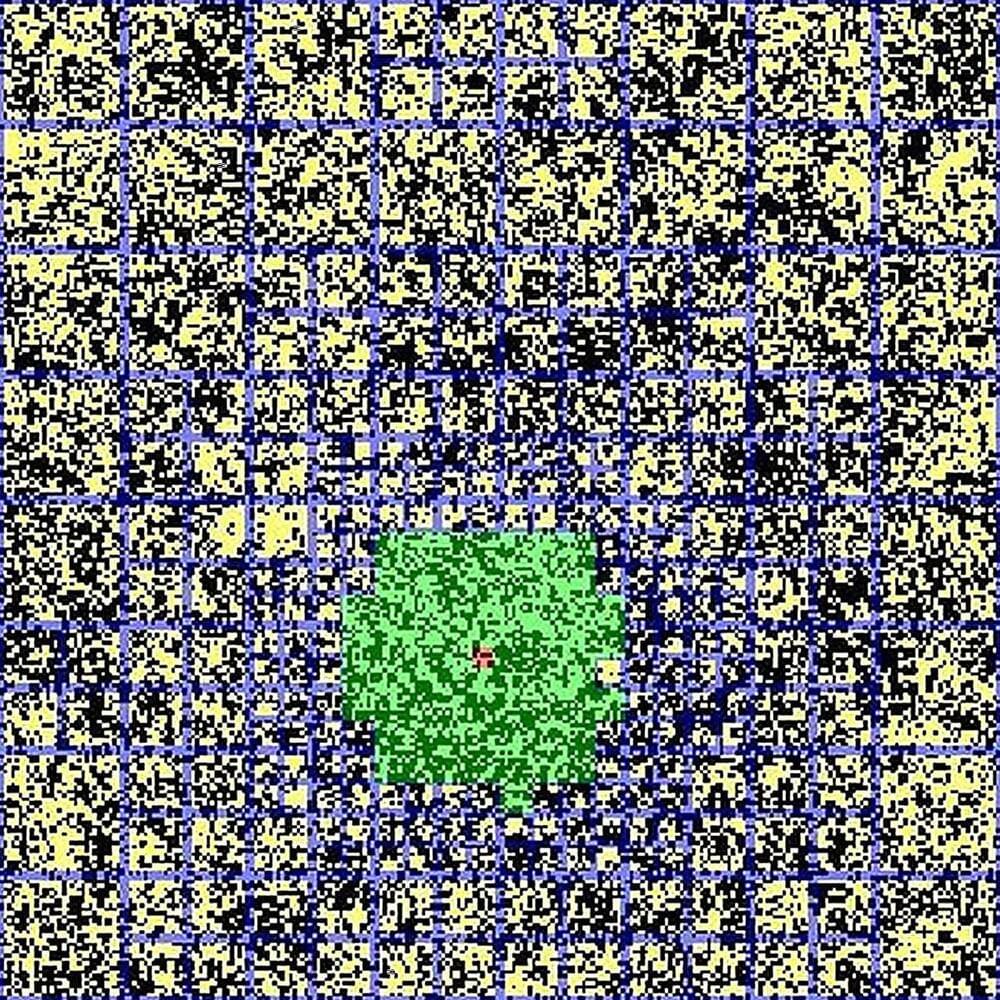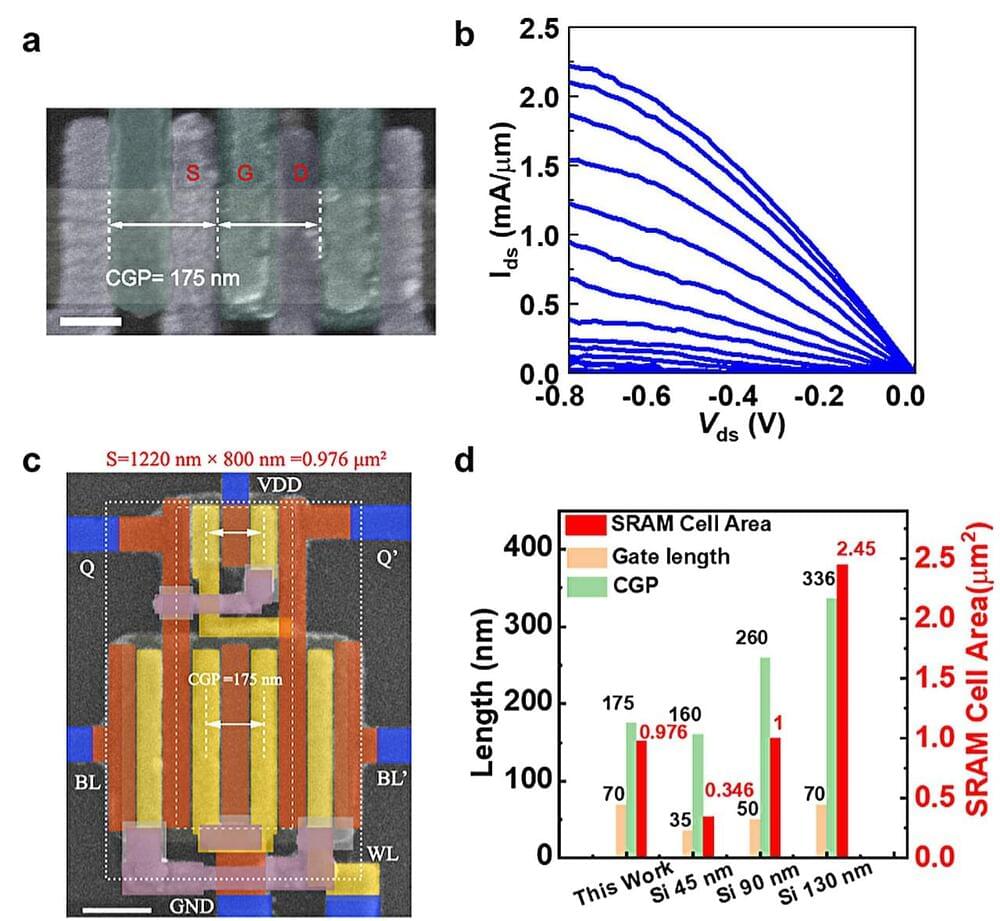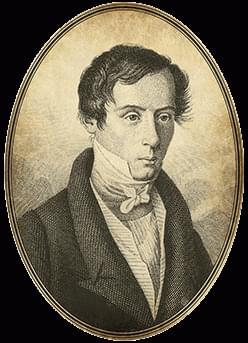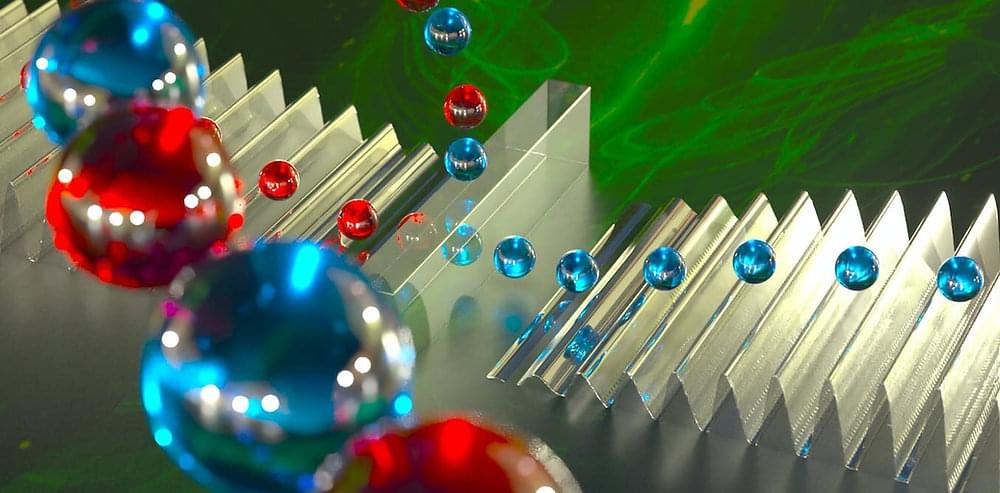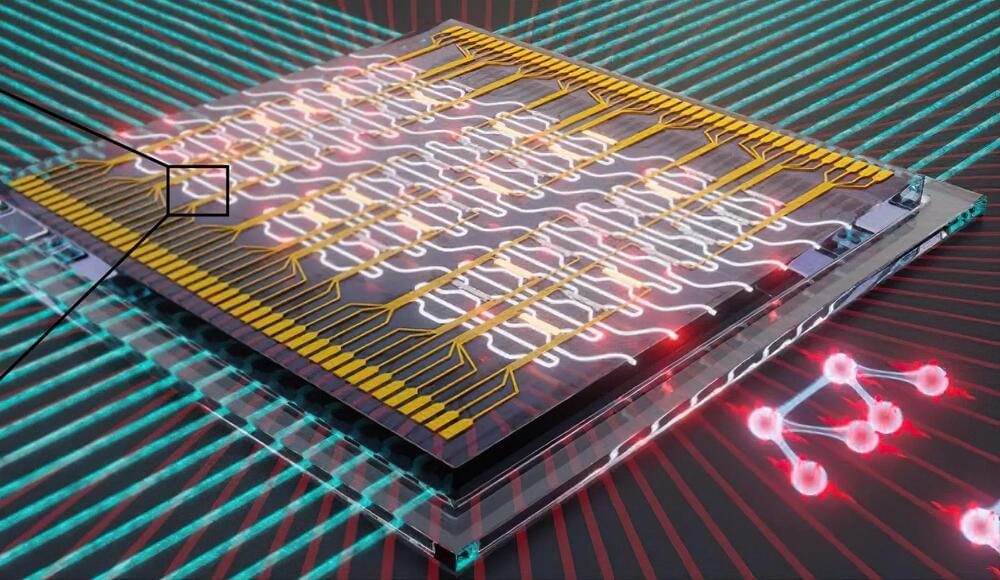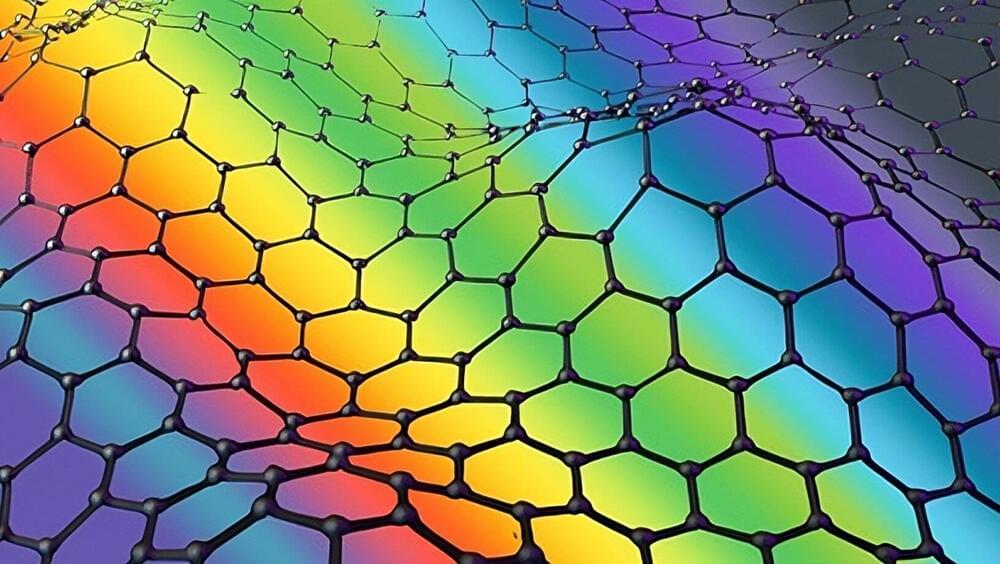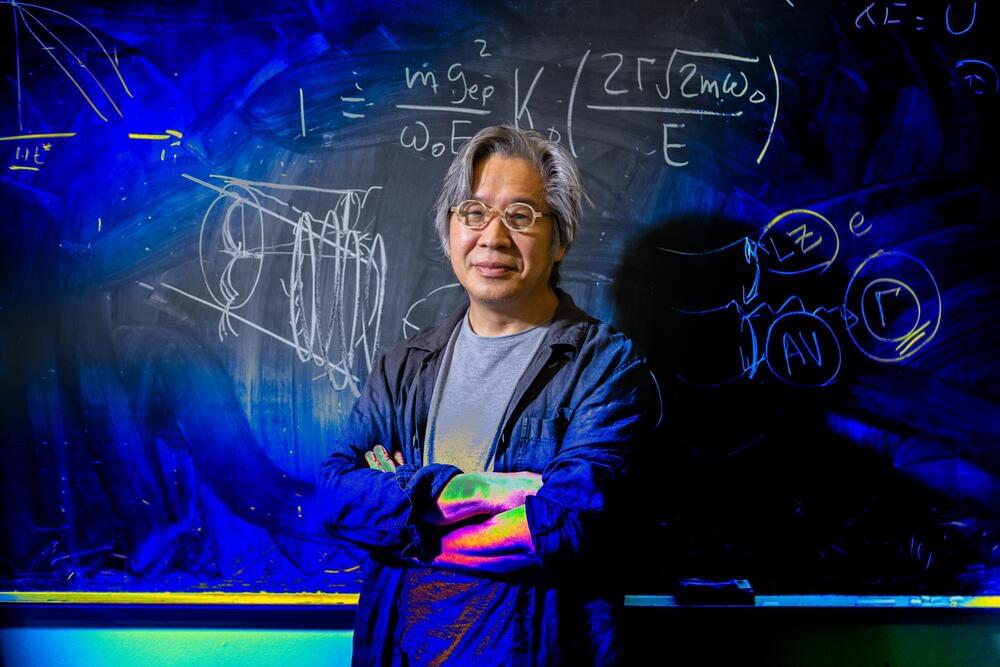The technology can also be used in fog and smoke, aiding firefighters.
This is according to a report by PopSci published on Wednesday.
Researchers at Purdue University and Los Alamos National Laboratory have joined forces to engineer something they call “heat-assisted detection and ranging,” or HADAR, which consists of a completely new camera imaging system based on AI interpretations of heat signatures. The technology could soon allow vehicles and robots to see at night time.
A once muddy, unclear tech
We have all seen movies where agents use thermal imaging to see their surroundings in the dark, but in reality, this technology is far from practical because thermal radiation particles diffuse into their nearby environments. This means that trying to image them becomes a complicated, muddy, and unclear process.

